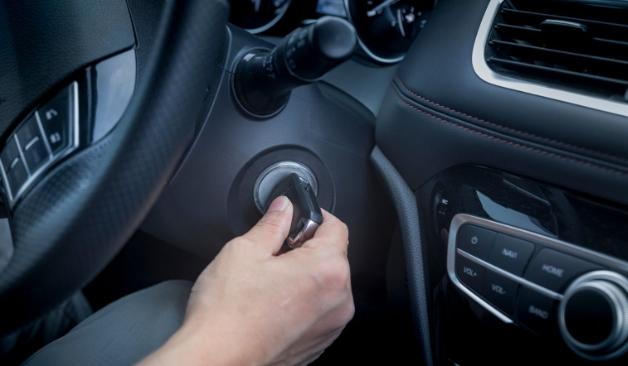
Before driving, when it is cold outside, the car needs to be warmed up. This confidence is ingrained in the minds of many drivers, but mainly among more experienced drivers. Is this confidence correct? Is it really necessary to sit in the car for some time in the morning?
The American manufacturer of motor oils and other lubricants Penzoil tried to clarify these issues.
Most cars made before 1995 had a carburetor, a device that mixes air and fuel. Using a carburetor, it was important to let the car idle for a bit before riding to make sure the engine was running properly. In the 80s and 90s, mechanical engineering switched to the fuel injection method, and the need to use a carburetor disappeared. And then there was a difference of opinion. Some say that you can go right away, but at a calm pace, while others still believe that the car must idle for several minutes so that the oil heats up and acquires the correct viscosity.
Automobile Maintenance Association President Joseph Henmiller says that “oil is the lifeblood of an engine.” He points out that in cold weather, cars should idle for one to two minutes before starting a trip. In particular, if the air temperature drops below freezing at night, or it is cold enough to freeze the windshield, these are strong signs that the oil needs to be warmed up so that it flows evenly through the engine.
“In cold weather, the fluid thickens, so it takes 60 to 120 seconds for lubrication to occur,” says Henmiller.
He also adds that if you don’t let the engine run properly, you may shorten its life.
In turn, Penzoil experts have a different theory. Technical adviser Shann Simmons said the idea that engines need to idle on a cold winter day is a myth.
“While it takes longer to suck in engine oil in very cold temperatures, we are talking about milliseconds, not minutes,” she noted. “Your engine will warm up the oil much better if the car is running at normal speed, idling go.”
The opinion of the environmental protection agency coincides with the opinion of those who say that warming up the car is not only not advisable, but also wasteful.
Both EPA and Energy.gov indicate that a car should not be idling for more than 30 seconds. This is not only more environmentally friendly, but also more cost effective. 30 seconds at idle actually consumes more fuel than restarting the car.
There are many places where it is established how long the car can idle. For example, in Minneapolis, idle time is limited to three minutes, with the exception of a few cases – if the air temperature is below -18 degrees Celsius or above 32 degrees Celsius. Then the car can be started for 15 minutes within one hour.
Same rules in Chicago, New York, Philadelphia and Boston.
Those who are caught in a car running too long face a fine.
At the same time, all experts agree that the first minutes of movement should be calm. Henmiller recommends driving no faster than 45 miles per hour or 70 kilometers per hour for the first 5-10 minutes.
